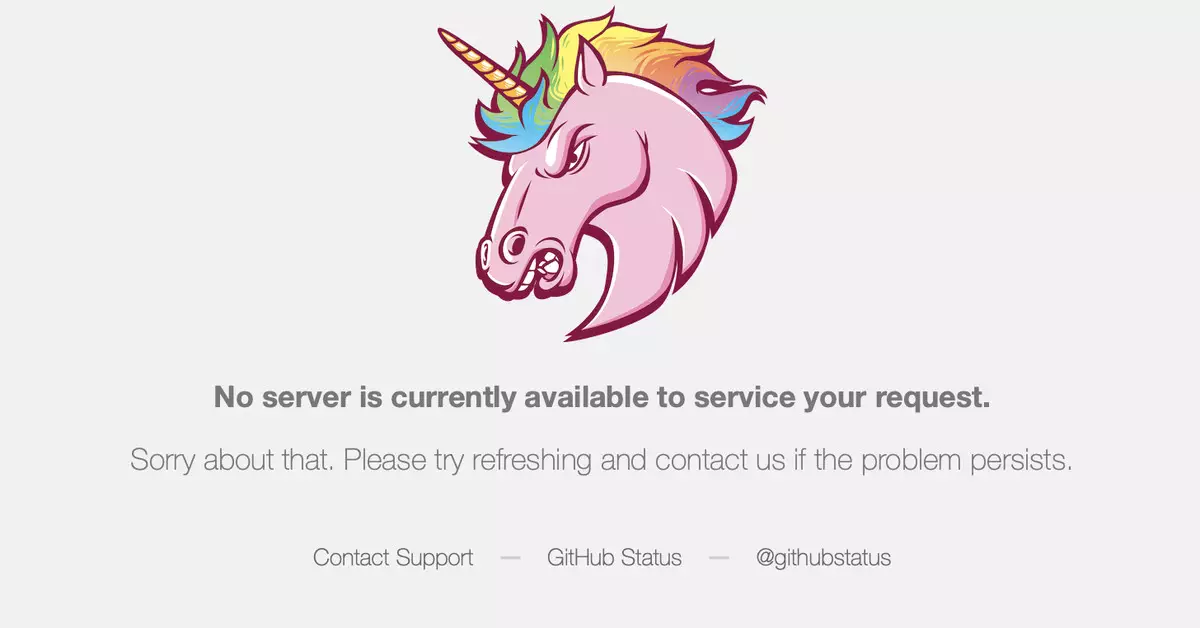GitHub, the widely used code repository and developer platform, recently experienced a significant service disruption that impacted its website and various services. This incident caused frustration among users and highlighted the importance of robust infrastructure in today’s technology landscape.
After identifying the root cause of the issues, GitHub took swift action to address the problem. The company rolled back changes to its database infrastructure, which was believed to be the source of the disruptions. As a result, GitHub announced that its services are now fully operational, providing relief to users who rely on the platform for their development needs.
During the outage, users attempting to access the GitHub website were met with an error message indicating that no server was available to service their request. This unexpected roadblock left many individuals unable to complete important tasks, causing a ripple effect across the developer community. The addition of an angry unicorn image to the error message added a touch of humor to an otherwise frustrating situation.
The service disruption affected several key GitHub features, including pull requests, GitHub Pages, Copilot, and the GitHub API. These issues compounded the initial problem, leading to a widespread impact on users. The rapid escalation of the incident, as evidenced by GitHub’s frequent status updates, underscored the severity of the situation.
In response to the service outage, users flooded platforms like Downdetector with reports of problems, totaling over 10,000 user reports in a short period. This influx of feedback highlighted the critical role that GitHub plays in the development community and the far-reaching consequences of service interruptions in the digital age.
As GitHub continues to investigate the root cause of the recent outage, the company’s swift recovery efforts serve as a reminder of the importance of proactive infrastructure management in maintaining reliable services. The incident also reinforces the need for transparency and open communication during times of disruption to ensure that users are informed and supported throughout the recovery process.


Leave a Reply